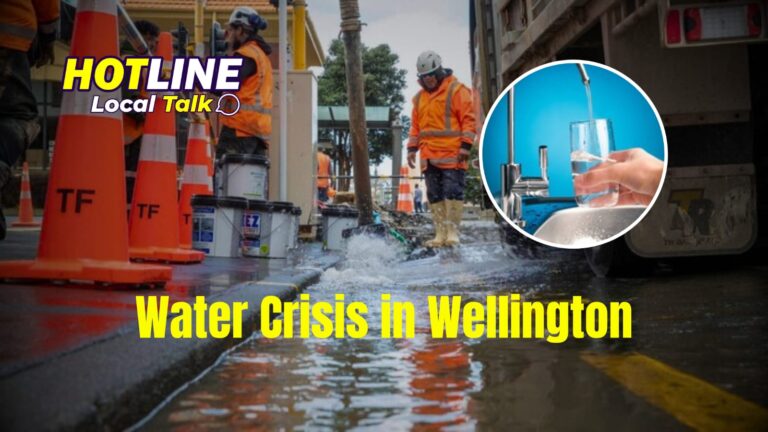Wellington, known for its scenic landscapes and vibrant city life, is facing a growing water crisis. As population growth, climate change, and infrastructure challenges converge, the issue has become increasingly urgent. Let’s explore where Wellington sources its water, why there’s a shortage, and what can be done to solve this pressing issue.
Where Does Wellington Get Its Water From?
Wellington’s water supply comes from a combination of rivers, aquifers, and reservoirs located in the surrounding regions. The city is primarily dependent on:
1. Hutt River (Te Awakairangi):
One of the primary water sources for Wellington, feeding the Te Marua and Waterloo treatment plants, which supply much of the city’s water. 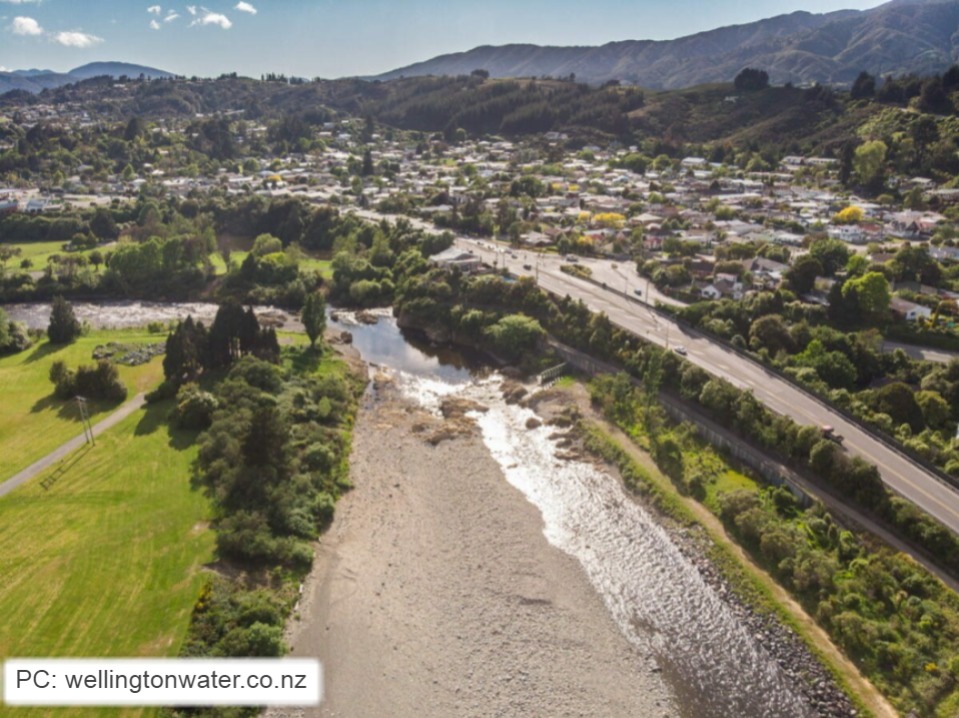
2. Wainuiomata and Orongorongo Rivers:
These smaller rivers provide additional water, processed by the Wainuiomata Water Treatment Plant. 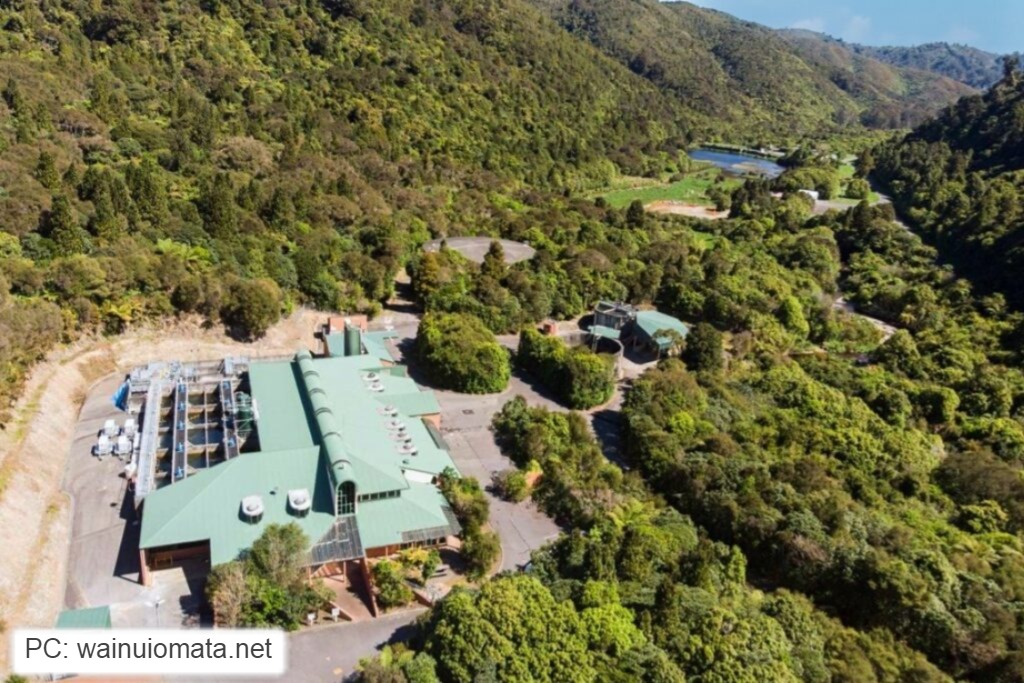
3. Waiwhetu Aquifer:
A vital underground freshwater source located beneath Lower Hutt, tapped through wells and bores, especially when surface water levels are low.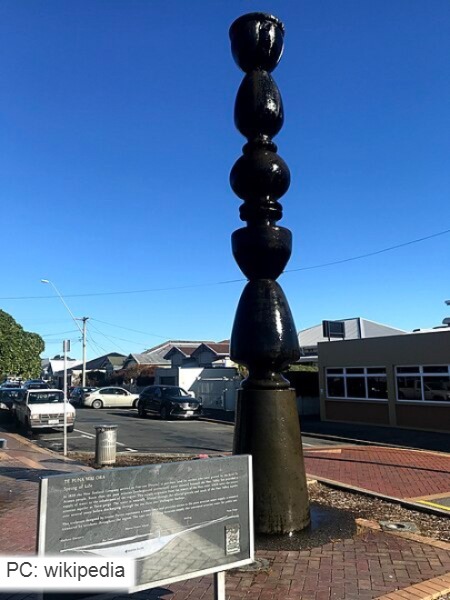
4. Stuart Macaskill Lakes:
Large artificial reservoirs at Te Marua that store treated water from the Hutt River. They provide backup supply during peak demand or system maintenance.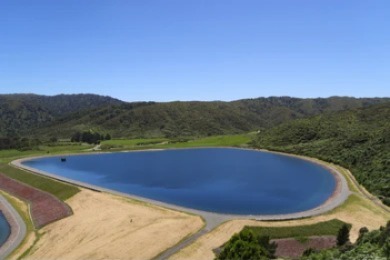
5. Te Marua Reservoirs:
Part of Wellington’s main storage system, these reservoirs store water from the Hutt River and help manage supply during dry periods.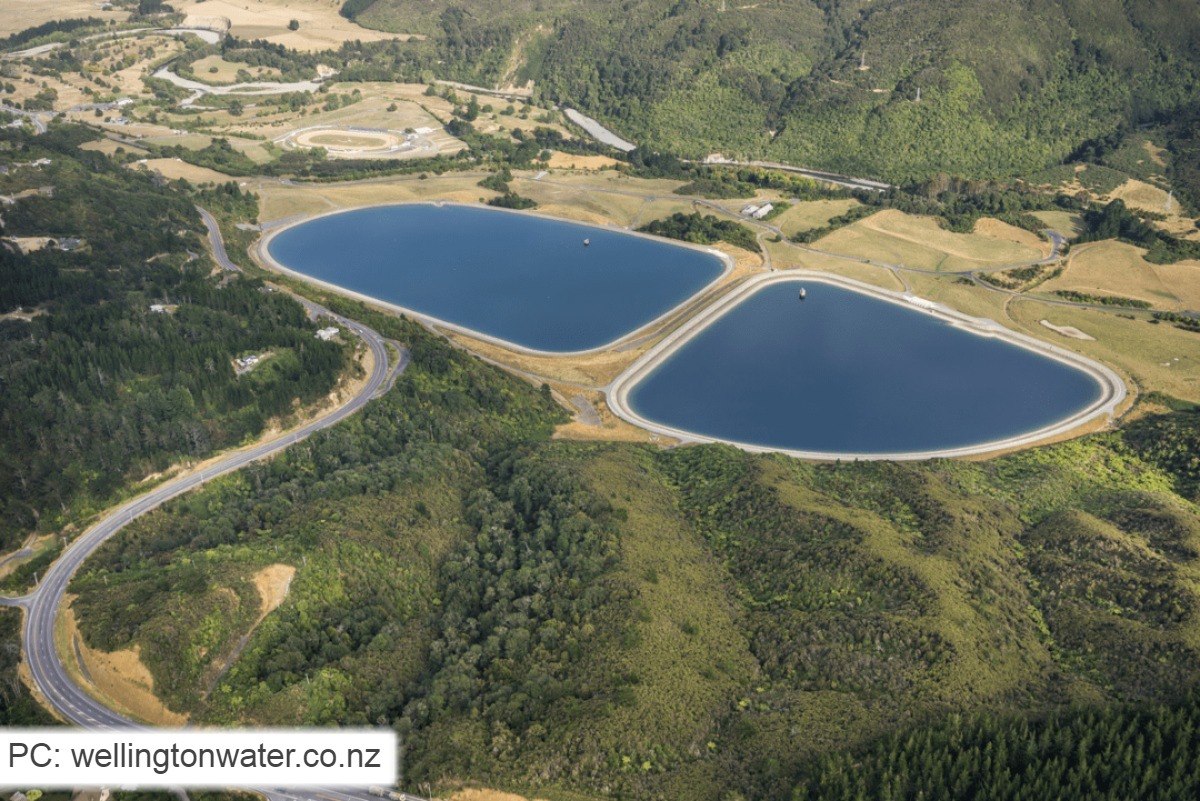
These combined sources ensure Wellington has access to both surface and underground water, along with vital storage for times of high demand or low rainfall.
While Wellington’s water supply infrastructure has served the region well in the past, increasing pressure from several factors is creating a shortage.
Why Is There a Water Shortage?
The water crisis in Wellington can be attributed to several factors, each adding to the strain on the city’s water resources:
1. Population Growth:
Wellington’s population has grown significantly in recent years, increasing demand for water. The city is home to over 200,000 people, and the wider Wellington region holds more than 420,000 residents. As more people move to the area, the existing water supply is stretched further.
2. Aging Infrastructure:
Much of Wellington’s water supply infrastructure is outdated, with old pipes prone to leaks and bursts. On average, the city loses about 30 million litres of water daily due to leaking pipes. This wastage is a significant factor contributing to the shortage and highlights the need for major upgrades to the water system.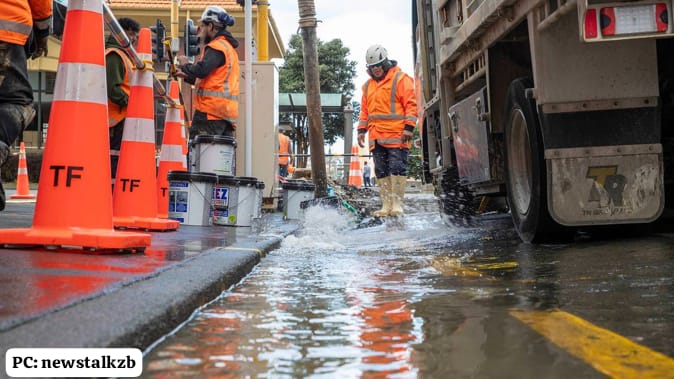
3. Climate Change:
Unpredictable weather patterns caused by climate change are having a direct impact on Wellington’s water supply. Drier summers and lower-than-usual rainfall have reduced the water levels in rivers and aquifers, leading to shortages, especially during peak summer months. Wellington Water, the city’s water management authority, has noted that lower rainfall will likely continue to challenge the city’s water resources.
4. Increased Demand During Dry Seasons:
Wellingtonians use more water during the summer months, further compounding the problem. Gardens need watering, and the general demand for water spikes when the weather is hotter, putting additional pressure on already stretched resources.
What Are the Solutions?
The good news is that several solutions are being implemented to address Wellington’s water crisis. However, these solutions require a mix of long-term planning, infrastructure upgrades, and changes in consumer behaviour.
1. Upgrading Infrastructure:
Wellington Water is already investing in replacing aging pipes and upgrading infrastructure. Reducing water wastage through these upgrades will be crucial in ensuring more efficient use of the available water supply.
2. Water Conservation:
Promoting water-saving measures among Wellingtonians is an immediate solution to help reduce demand. Encouraging households to install water-efficient appliances, fix leaks promptly, and conserve water in gardens could make a significant difference. Public awareness campaigns, particularly during summer months, can further encourage responsible water use.
3. Developing Additional Water Storage:
Expanding storage capacity is another option being explored. Building more reservoirs or enhancing the capacity of existing ones, like Te Marua, could help the city buffer against periods of low rainfall.
4. Desalination Plants:
As a long-term solution, desalination plants could be considered, where seawater is converted into freshwater. This method has been successfully implemented in other parts of the world, particularly in areas with limited natural freshwater sources. However, desalination is expensive and energy-intensive, so it’s often considered a last-resort solution.
5. Greywater Systems:
Encouraging the use of greywater (recycled water from sinks, showers, and washing machines) could reduce the demand for fresh drinking water. Greywater can be reused for activities such as gardening or toilet flushing, helping households to reduce their overall water usage.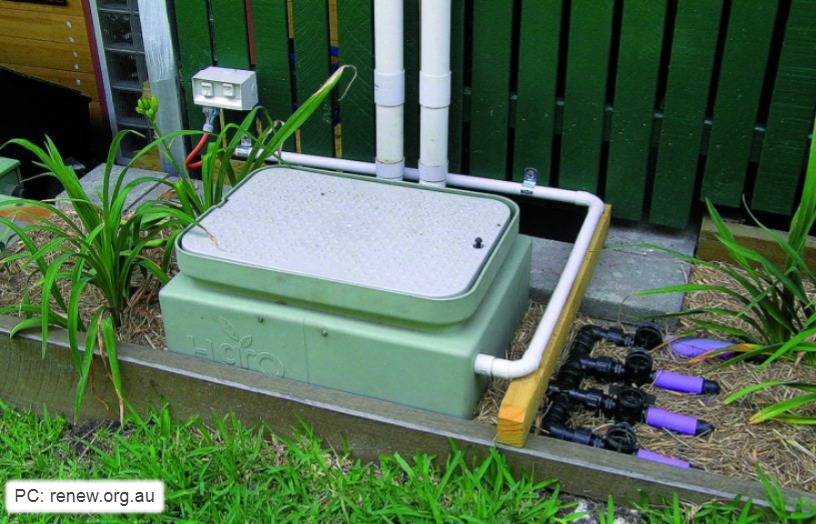
6. Leak Detection Technology:
The use of advanced leak detection technologies can help identify and fix water leaks more efficiently. Wellington Water has been working on improving its leak detection systems, which would reduce wastage and improve water conservation efforts city-wide.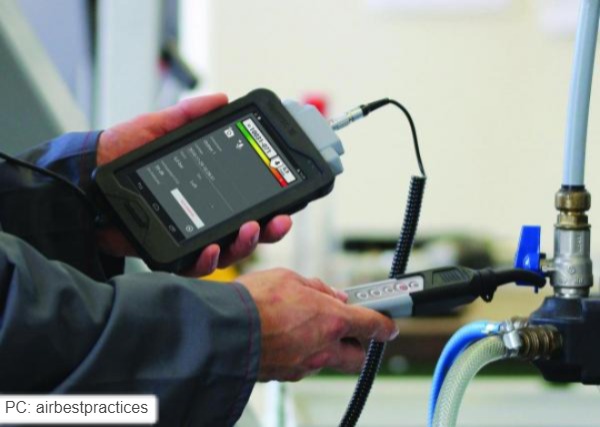
Conclusion
Wellington’s water crisis is a growing concern, but it’s not without solutions. By upgrading infrastructure, encouraging water conservation, and exploring alternative water sources, the city can manage its water supply more sustainably. However, this requires a collective effort from both authorities and residents. As the city continues to grow and face environmental challenges, taking steps to secure a reliable water supply will be essential for the future.
CONTRIBUTE
Have stories, yarns, mad scoops, or community news to share. We often pay for awesome content and life shattering stories. What have you witnessed?


